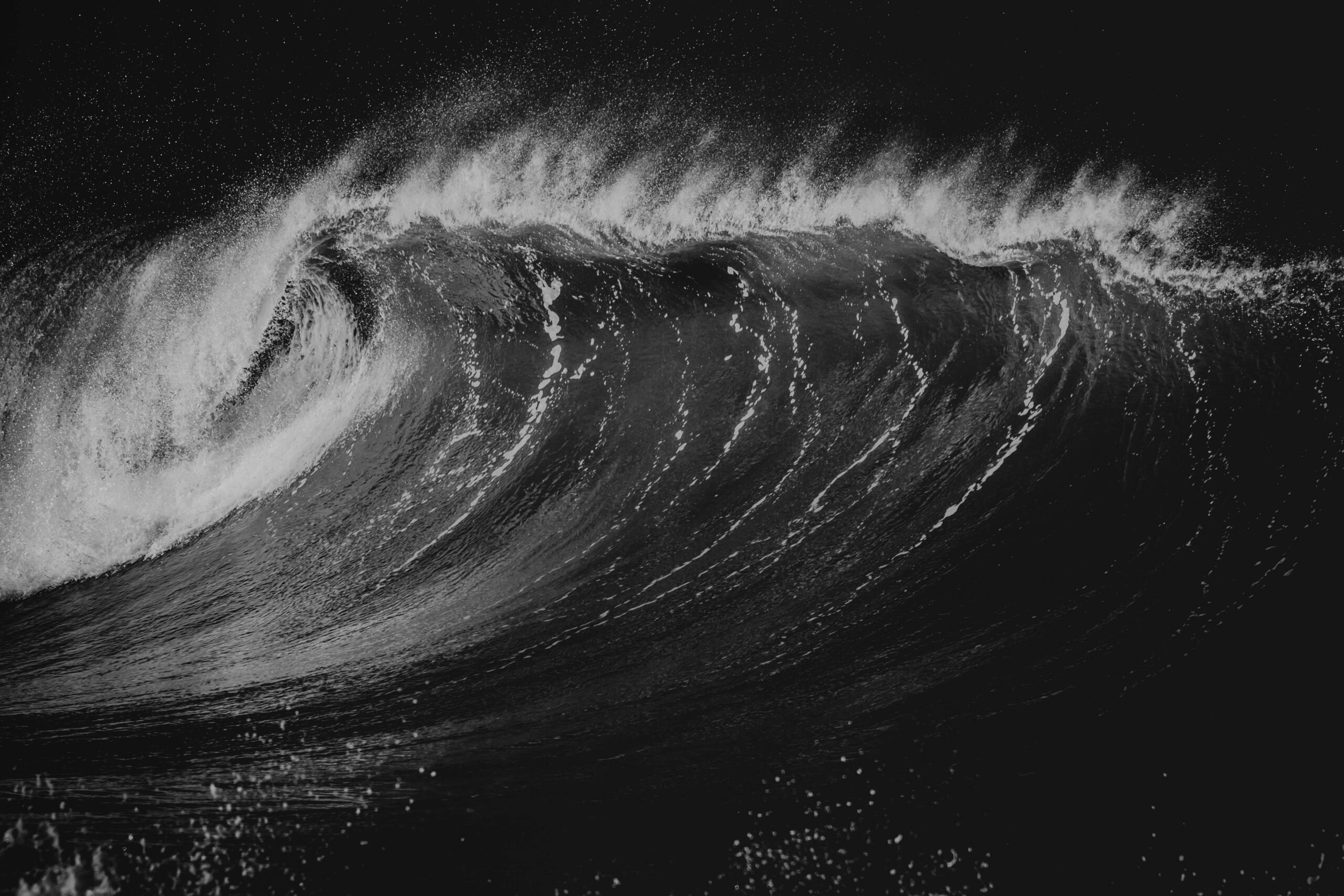What first comes to mind when we think about natural disasters that have severely affected Pakistan are, in most cases, floods and earthquakes. Besides these two, there is an equally lethal disaster that is almost silent and waiting to attack from the sea—tsunamis.
Even though they are rare, they can strike with virtually no warning, and the fact that Pakistan has such a long coastline, particularly the one along the Makran Subduction Zone, makes it highly vulnerable to them.
The Makran Coast: A Danger Area
The place off the coast of Balochistan where the Makran Trench descends into the Arabian Sea is a very tectonically active region of the Earth. This was the cause of the 1945 tsunami, which not only affected the Balochistan shore but also had an impact that went a long way to Karachi, killing more than 4,000 people as a result of the disaster. It depicts that a tsunami is not just an idea—it is a very real possibility.
Currently, the situation in these cities is totally different; they are far more populous and urbanized. Thus, a present-day tsunami would cause much more extensive harm. Add to that the rising sea levels from climate change, which increase the likelihood of water engulfing coastal areas during such calamities.
Are We Really Prepared?
Pakistan made a few steps toward disaster management, but, according to experts, the country still needs to catch up. The Pakistan Meteorological Department (PMD) has equipped some basic early warning systems, while the National Disaster Management Authority (NDMA) has organized a few awareness programs. But the interaction between the federal, provincial, and local authorities is usually inadequate in such situations. Besides, a majority of residents in coastal areas are unaware of tsunami signs, evacuation routes, and safety protocols. Educational institutions, healthcare centers, and neighborhoods hardly ever rehearse the practice of safety measures.
What Needs to Be Done?
Pakistan would really need to do the following things if it is to prepare for a tsunami:
• Early warning systems should be upgraded and regularly checked.
• People living in coastal areas should be made aware of the issues through various activities.
• Clear evacuation plans should be drawn up and safe zones marked.
• Local governments should be trained in emergency response.
• A mentality of coastal resilience should be promoted through smart urban planning.
Tsunamis don’t leave much time for reaction; hence, preparation becomes really paramount.
Final Thoughts
Tsunamis can be seen as a thing that happens only in some “other” places, but both history and science call it differently. The only price we will pay for not acknowledging this threat to be real is that it will have hard and dire consequences.
The time has come for Pakistan not to be disaster-reactive but disaster-preventive, especially since the next time there won’t be any warning before a wave comes down.
